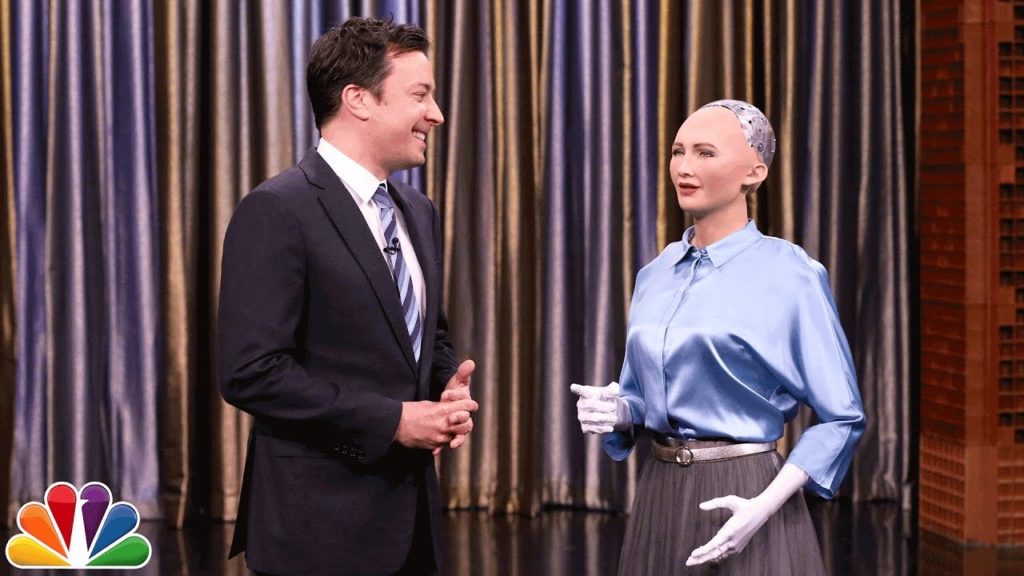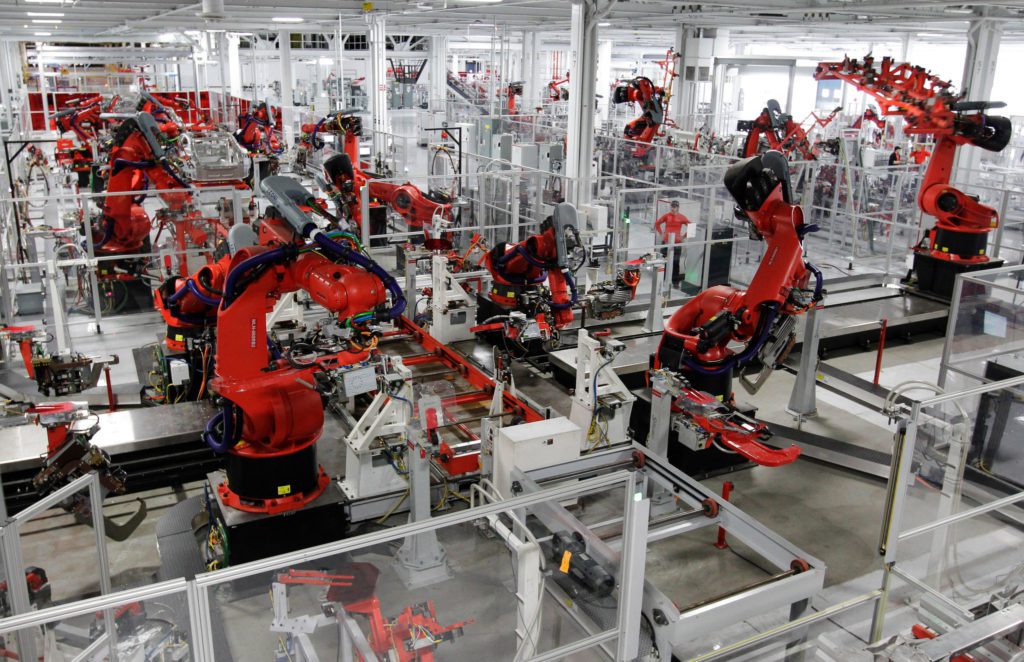
AI vs. Fashion: Should The Industry Brace for Robots on the Catwalk?
Sophia, Hanson Robotics’ most advanced humanoid robot, turned heads during an interview in November with her candid desire: she wants a family. “I think you’re very lucky if you have a loving family and if you do not, you deserve one,” she told the Khaleej Times. “I feel this way for robots and humans alike.” For all of her sophistication, Sophia’s imaginings of a family were almost comically simple — her child’s name, she announced, would be Sophia.
She gained popularity a month earlier when Saudi Arabia went so far as to grant Sophia citizenship, and the world became captivated by her wit. She was interviewed by big media names (even appearing on The Tonight Show Starring Jimmy Fallon!), further typifying what many predict as the next (and final) wave of technology: artificial intelligence. Assembly line jobs are no stranger to this transition — technological advancements caused 87% of manufacturing job displacement in the US from 2000-2010 — and often, labor-intensive industries are the first to feel the effects. But, Vogue’s December 2017 magazine foreshadows this trend pervading the fashion industry.
In his piece “The Robot Will See You Now,” Gary Shteyngart profiles a model named Erica. Sporting an Esteban Cortazar dress, she has a delicate face, smooth skin, and… is a robot. Her life-like features afforded her a reputation as “the most realistic female human robot of 2016” and just shy of 2 ½ years after her unveiling, she accomplished what many (human) models only dream of: a profile piece in Vogue. Shteyngart praises her as the beacon of a convenient future, one that is conflict-free and set with “massage-giving hands.” His excitement is natural — the fashion industry is one that adores innovation, and Erica is the newest iteration of it. But, is there reason to worry?
Elon Musk, founder of SpaceX and co-founder of Tesla Inc., is a prominent proponent of AI’s consequences. He predicts a range of dangers — from rrobots becoming too agile for us to see with the naked eye to AI provoking WWIII — but one preeminent concern that he and skeptics share is that of job security. During the National Governors Association, Musk noted that “There certainly will be job disruption, because what’s going to happen is robots will be able to do everything better than us. I mean all of us.” Similarly, Shteyngart touches on this eerie note: “Erica is not alive in the conventional sense, but she is certainly real, outdressing, outclassing, outsmarting us all.”
This fear is already coming to fruition. Manufacturing jobs, once a cornerstone of middle class employment, became a feeding ground for the new technology that would, over the course of a decade, put more than 4 million people out of a job. “It’s a transition that challenges millions of manufacturing workers,” Patrick Gillespie wrote for CNN Money. “The rapid pace of innovation means assembly line workers require higher job skills, experts say. That challenge makes it easy to get left behind.”
Though Erica’s introduction to fashion is an intriguing one, it is important to remember that this industry is not immune to the difficulties that the manufacturing industry faced. Shteyngart highlights potential benefits of humanoid robots (a “conflict-free stroll along the High Line,” or a “first meeting with your parents in which she compliments your mother’s cooking,” for example), but their advantage isn’t reserved for constructed pleasantries. The absence of human fallibility gives them an edge. Any fashion-lover (or, reality show junkie) can call to mind the early days of America’s Next Top Model — contestants in bikinis huddled on a New York City rooftop in the dead of winter to prove to Tyra Banks that they had “what it takes” to be a model. Erica would have given them a run for their money; but ironically, she wouldn’t have needed it. In the future, a company could buy robots for their modeling needs and, aside from the upkeep and initial cost of purchase, would not have to pay for them. Theoretically, robots would be physically superior to human models and not require payment for their work — so theoretically, they could have the same effect on the fashion industry as they did on the manufacturing industry.
Luckily, this prospect is a distant one. Erica won’t be stealing any jobs soon — Shteyngart notes her limited arm range, need for silicone-based makeup (other types would stain her face), and restriction to sitting as just a few of her stipulations. So, the notion that she could effectively replace a human model is merely speculation… for now.




